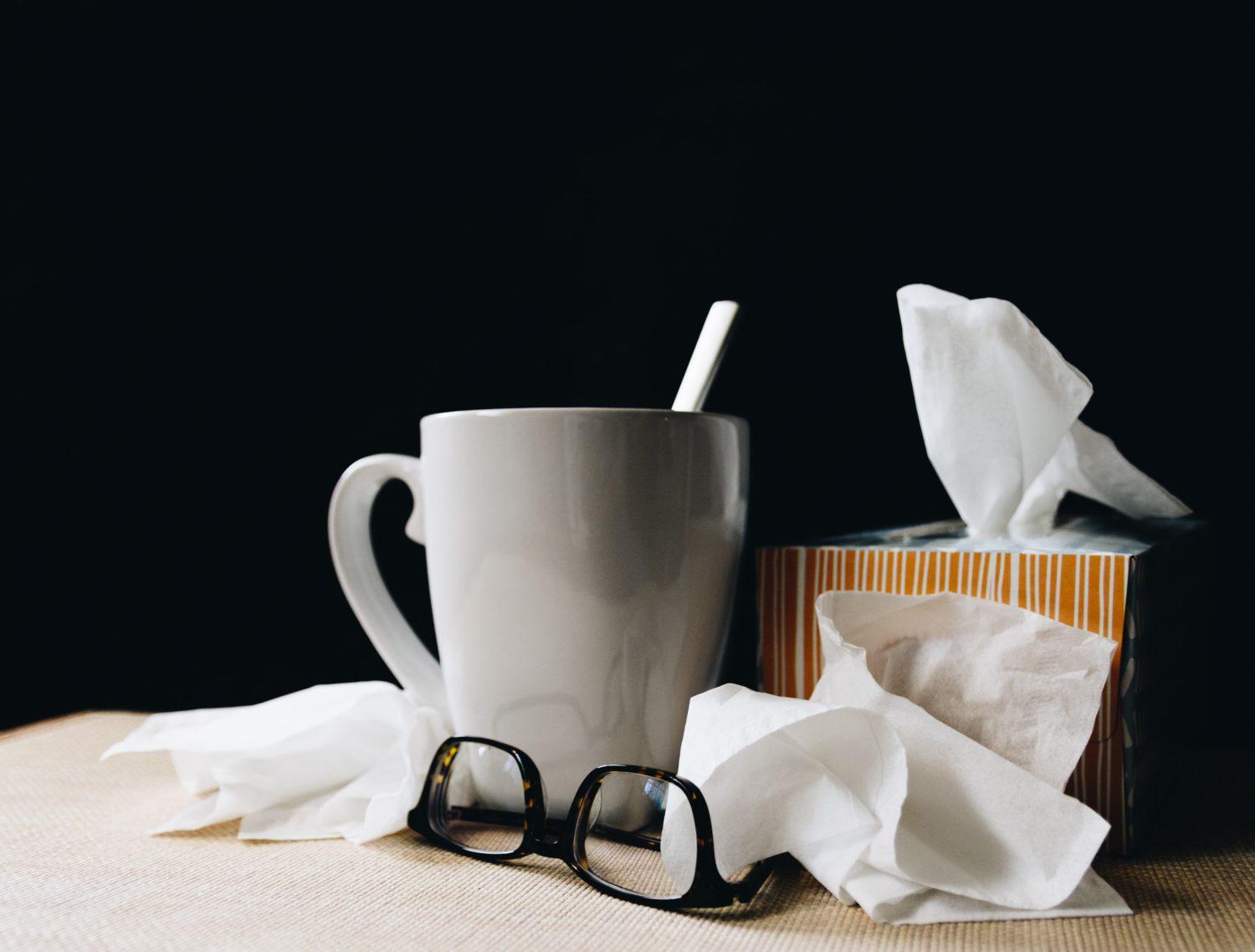
What to Know
We spend 90% of our time indoors, which can be a scary prospect when you consider that the pollution inside your home is typically 2-5x worse than the air outdoors. This “indoor air quality” can cause or contribute to asthma, headaches, dry eyes, nose and throat issues, nasal congestion, nausea, and fatigue. 40% of asthma episodes are caused by triggers in the home, which can include dust mites, pollen, mold, carbon monoxide, excessive carbon dioxide, and other chemical fumes. In fact, the Environmental Protection Agency consistently ranks indoor air quality as one of the top five environmental risks to public health.
Here are five signs that your home might be making you sick:
- You and your family sneeze a lot while you’re inside the house – this can also manifest as a scratchy throat or coughing. If you notice these symptoms frequently, mold and mildew in your home might be to blame.
- You can’t seem to kick that musty smell. A fragrant spray won’t fix your indoor air smell or quality. Elevated indoor humidity can not only contribute to mold and mildew growth, but it can exacerbate other odors as well.
- The basement or crawlspace is damp and there are water stains on the paint in the bathrooms.
- Two words: stink bugs. They might cause more annoyance than physical illness, but leaky and inefficient homes leave plenty of avenues for pests.
- You notice significant condensation or moisture on the inside surface of your windows in the winter.
What to Do
- Seal leaky ducts and install a properly sized and efficient HVAC system. This will better ventilate your home and help prevent asthma and allergy triggers like mold and dust mites.
- When you seal your home up tightly, you also eliminate entry points for dust, pollen, insects, rodents, and other pests.
- Run a dehumidifier in your musty basement to help keep relative humidity at or below 50%.
- Get a professional assessment. A home energy evaluation can help you identify health and safety issues in the home and prioritize the fixes that will lead to a healthier, more comfortable, and more affordable home.
A healthy home is: dry, clean, safe, properly ventilated, pest-free, contaminant-free, and well maintained. Because all the elements of a home interact, home energy upgrades often improve indoor air quality. Upgrades can even be designed to produce a healthier home.
For additional information on how to make your home efficient and healthy, read this report about Indoor Air Quality (IAQ) from the U.S. Environmental Protection Agency (EPA).
